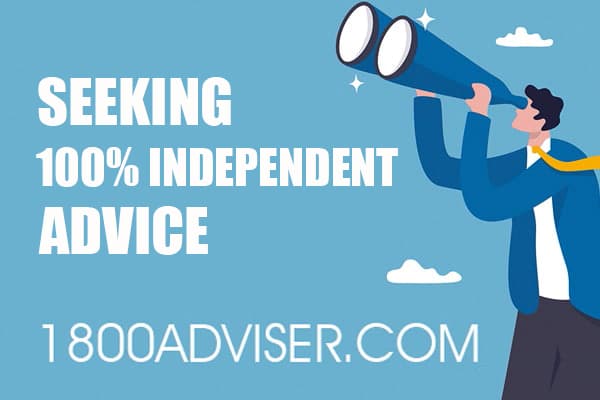You can maximize your 401(k) plan is a valuable tool for saving for retirement, but it’s important to understand the annual contribution limits for both employees and employers. Here are some tips:
Maximize your 401(k) plan With New Contribution Limits for 2023:
For 2023, the maximum employee contribution limit is $22,500 ($30,000 for individuals aged 50 or older). This is a slight increase from the 2022 limits of $20,500 and $27,000, respectively. These limits apply cumulatively across multiple 401(k) plans. Additionally, the total combined contributions from employees and employers cannot exceed $66,000 in 2023 ($73,500 for those aged 50 or older).
Employer Contributions and Matching:
Many employers offer 401(k) matching contributions as part of their benefits package, which can increase your retirement savings. However, it’s important to note that employer contributions, whether matching or non-matching, count towards the total contribution limits.
Traditional vs Roth 401(k) Contribution Limits:
Both traditional and Roth 401(k) accounts have the same annual employee and employer contribution limits. Traditional 401(k)s allow for upfront tax breaks, while Roth 401(k)s provide tax-free income in retirement. It’s worth considering if your employer offers Roth 401(k)s and if you meet the eligibility criteria.
401(k) Contribution Limits for Highly Compensated Employees (HCEs):
Highly compensated employees (HCEs) may have additional contribution limits. These limits are based on the average non-HCE employee contributions, allowing HCEs to contribute a maximum of 2% more than the average. HCE classification is determined based on ownership percentage or income thresholds from the previous year.
Consequences of Exceeding 401(k) Contribution Limits:
Contributing beyond the allowed limits can result in double taxation on excess contributions. It’s important to rectify this issue before the tax filing deadline by notifying the appropriate parties. Excess deferrals need to be withdrawn, and adjustments may need to be made to your W-2 and future tax filings.
If you want to maximize your 401(k) contributions, note the following:
- Take full advantage of your employer’s 401(k) match.
- Start contributing to your 401(k) as soon as possible.
- Consider target-date funds if you’re unsure about investment options.
- Gradually increase your contribution percentage each year.
- Understand the vesting period for employer matching contributions.
- Roll over your 401(k) when switching jobs to avoid losing track of your retirement savings.
Understanding and maximizing your 401(k) contribution limits is crucial for building a secure retirement. Consult with a Fee-Only financial advisor to develop a personalized strategy that aligns with your financial goals and circumstance.
About This Article
This article was published and distributed by 401kPlanAdviser.com, a trusted source of independent ideas. It should be viewed as general and educational information and not as financial, tax or legal advice. Individuals seeking advice tailored to their specific situation are encouraged to schedule a free consultation with a professional listed in the 1800Adviser.com directory. Both 401kPlanAdviser.com and 1800Adviser.com are owned and operated by The Independent Adviser Corporation. For additional information, please refer to their Privacy Policy and Terms of Use, Legal Notices, and Disclaimer.







